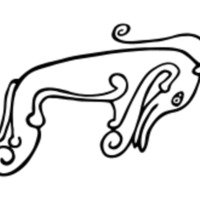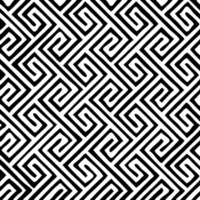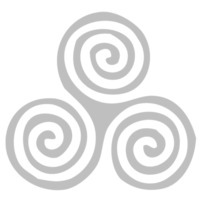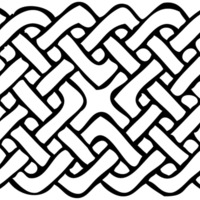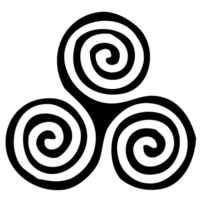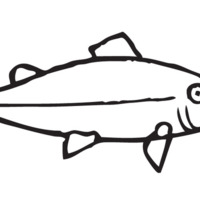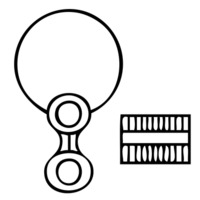Browse Items (26 total)
- Tags: Pictish Symbols
Sort by:
Eagle
A good example of the Eagle Symbol can be seen on The Clach an Tiompain (Sounding Stone) or Eagle Stone, a small Class I Pictish stone, located on a hill on the northern outskirts of Strathpeffer in Easter Ross, Scotland.
Tags: Pictish Symbols
Horse
The horse was a tremendously important animal to the Celtic tribes, and its domestication transformed the Celtic culture Horses were used for meat and milk and provided labor for farming and transportation, making for huge advances in hunting and…
Tags: Pictish Symbols
The Pictish Beast
The most common animal symbol of all is the Pictish Beast.
The Pictish Beast (sometimes Pictish Dragon or Pictish Elephant) is an artistic representation of an animal depicted on Pictish symbol stones. It is not easily identifiable with any real…
The Pictish Beast (sometimes Pictish Dragon or Pictish Elephant) is an artistic representation of an animal depicted on Pictish symbol stones. It is not easily identifiable with any real…
Tags: Pictish Symbols
Key Pattern
Key Patterns (repeated vertical and horizontal lines).
Know here as the Key Pattern, or a meander or meandros (Greek: Μαίανδρος) it is a decorative border constructed from a continuous line, shaped into a repeated motif. Such a design is also…
Know here as the Key Pattern, or a meander or meandros (Greek: Μαίανδρος) it is a decorative border constructed from a continuous line, shaped into a repeated motif. Such a design is also…
Tags: Pictish Symbols
Knot-work
Tags: Pictish Symbols
Fish
The fish symbol is also known as the Salmon, it may be symbolic of wisdom and prophecy.
Salmon figure prominently in Celtic mythological tales, they often inhabited the sacred wells, feeding on the fruits (often, hazelnuts) of the tree of life.
Salmon figure prominently in Celtic mythological tales, they often inhabited the sacred wells, feeding on the fruits (often, hazelnuts) of the tree of life.
Tags: Pictish Symbols
Snake
The serpent or snake, is thought to be a symbol of medicine and healing, although this is unknown.
The snake symbol can also be found with a Z-rod through it.
The snake symbol can also be found with a Z-rod through it.
Tags: Pictish Symbols
Mirror and Comb
Another object commonly inscribed on Pictish stones is the mirror, often paired with a comb.
The comb and mirror are thought to be symbols of female wealth and prestige, and may denote a woman’s memorial, although they are also heavily associated…
The comb and mirror are thought to be symbols of female wealth and prestige, and may denote a woman’s memorial, although they are also heavily associated…
Tags: Groam House, Pictish Symbols


